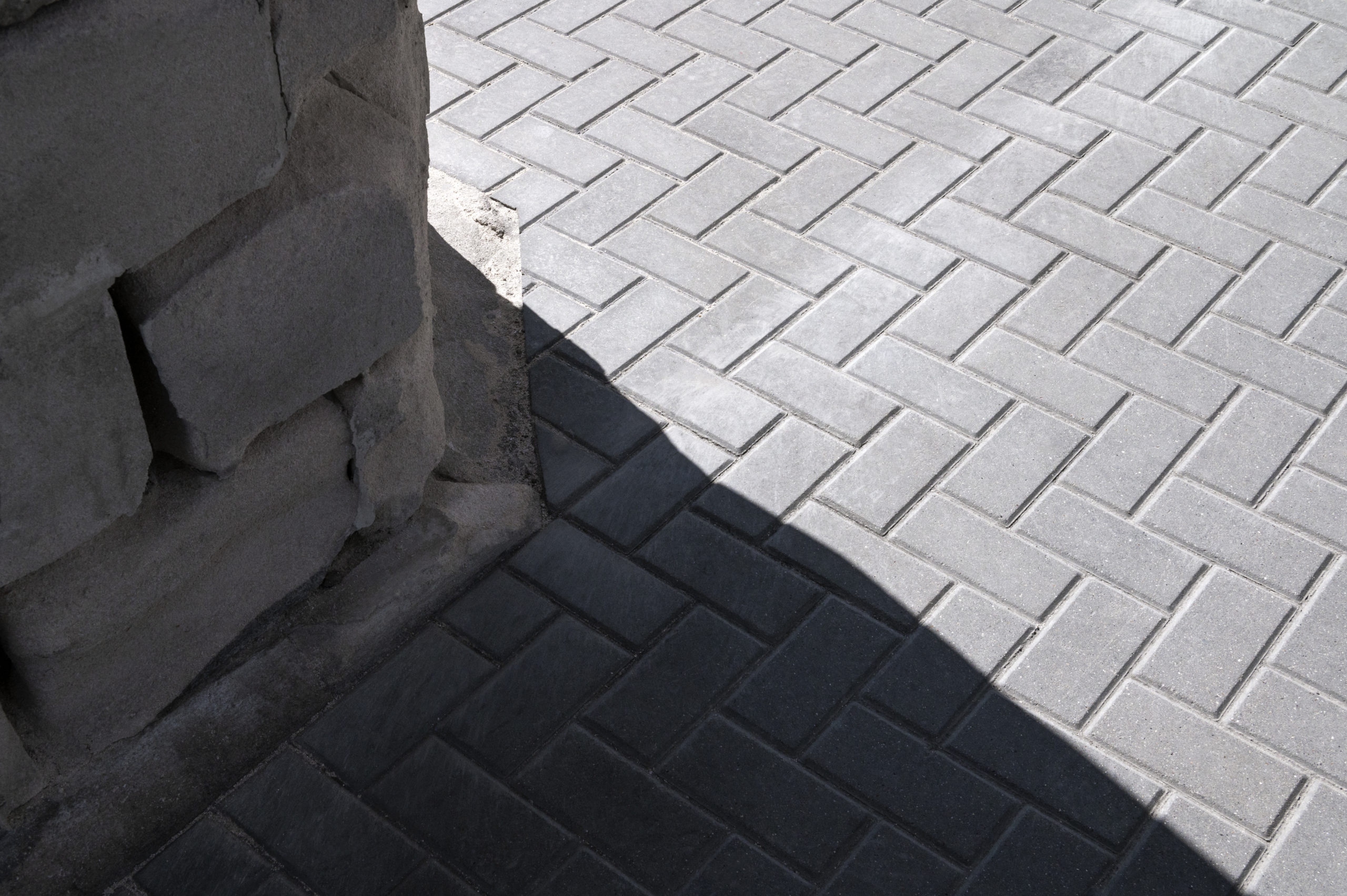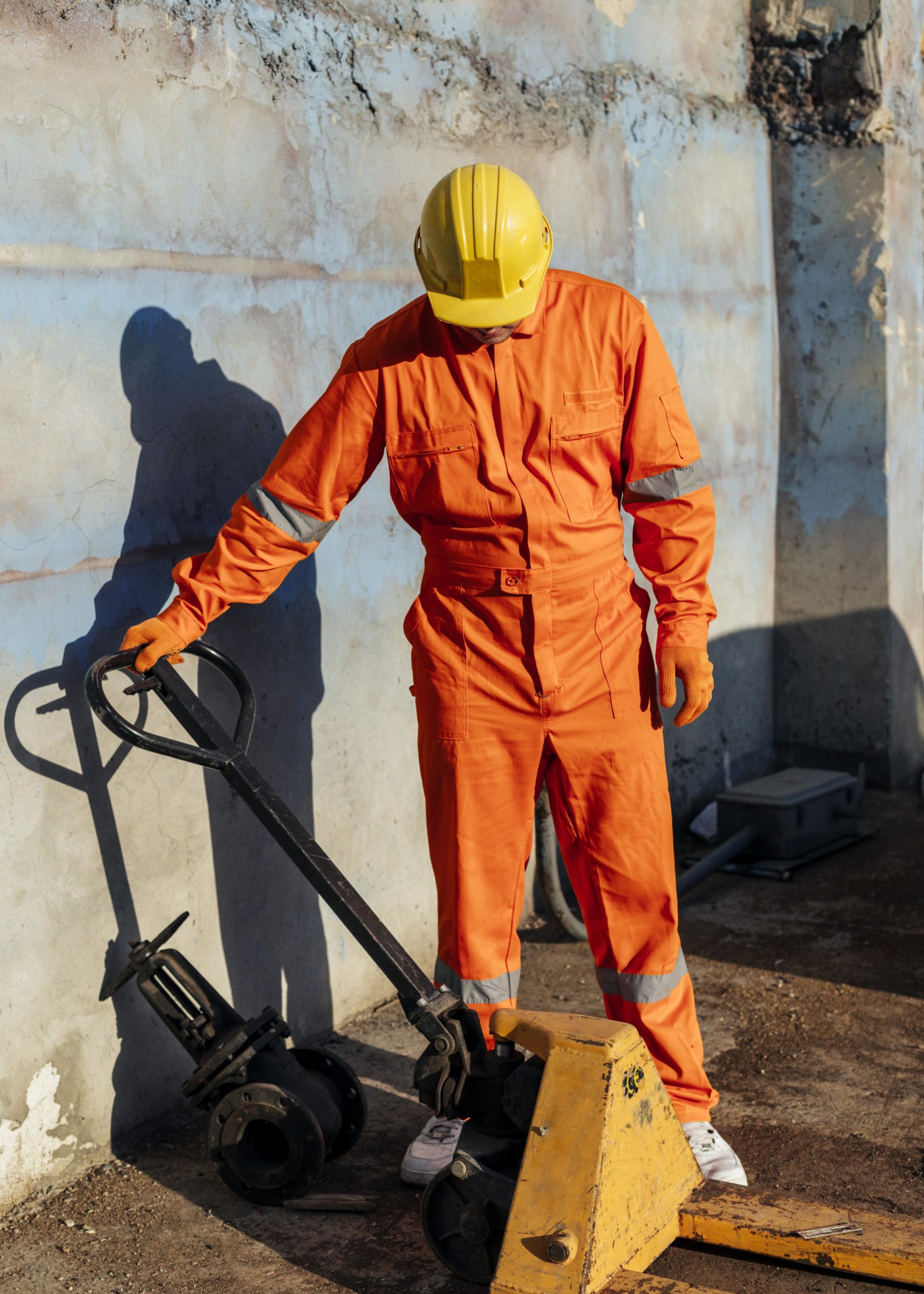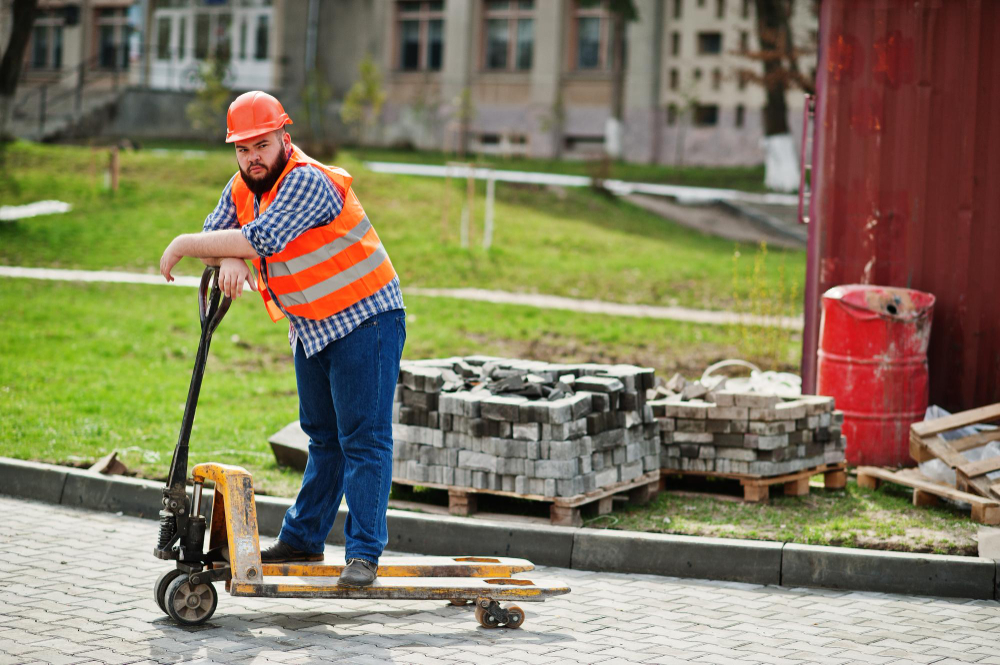When it comes to designing an inviting outdoor space, patio paving plays a crucial role. With so many options available, making the right choice can seem overwhelming. Each material brings unique benefits, from the elegance of natural stone to the cost-effectiveness of concrete pavers. This guide will help you identify the right patio paving material for your space, style, and budget, with practical insights from ATS Constructions.

Understanding the Role of Patio Paving in Outdoor Design
Patio paving does more than cover the ground—it shapes the ambiance of your space, creating a foundation for relaxation, entertainment, or everyday enjoyment. The choice of materials impacts not only the look but also the functionality, durability, and maintenance needs of your patio. That’s why it’s important to select a material that aligns with both your personal preferences and the specific demands of your environment.
Essential Factors to Consider When Choosing Patio Paving
Climate and Durability
Climate can affect how well your patio material holds up over time. For instance, concrete is ideal for hot, dry climates but may not fare as well in colder regions with freeze-thaw cycles, which can cause cracks. Natural stone like bluestone or slate tends to be weather-resistant and handles temperature fluctuations well, making it a great option for those in diverse climates.
Style and Aesthetic Appeal
Your patio is an extension of your home, so consider how the material aligns with your existing design. For a modern home, sleek materials like polished concrete or tile may be best. If your home has a rustic or traditional feel, natural stone or brick can add a touch of charm.
Budget and Maintenance
Natural stone and brick, while visually appealing, often come with a higher price tag than concrete pavers or gravel. Consider your budget not just for the initial installation but also for long-term maintenance, which may include sealing, cleaning, and occasional repairs.
Eco-Friendliness
If sustainability is important to you, certain options are better for the environment than others. Gravel and certain types of recycled concrete are eco-friendly choices, and permeable pavers allow water to drain into the soil, reducing runoff and promoting healthy plant life.
Popular Patio Paving Materials and Their Benefits
Concrete Pavers
Concrete pavers are an affordable, customizable option available in various shapes, sizes, and colors. They’re also durable and easy to maintain, making them a popular choice for patios. Concrete pavers can mimic the appearance of natural stone, providing a high-end look without the high cost.
Natural Stone (Bluestone, Slate, and Limestone)
Natural stone paving offers an elegant, timeless look. Each stone type has its distinct character and is highly durable. Bluestone, for example, has a blue-grey color that adds a cool, modern look, while limestone provides a warm, earthy tone. However, natural stone can be more expensive and may require sealing to maintain its beauty over time.
Brick Pavers
Brick is known for its classic, rustic appeal. It’s durable and slip-resistant, making it an ideal choice for patios in wetter climates. Brick is also eco-friendly and ages beautifully, often gaining character over time. The red and earthy tones of brick complement traditional homes perfectly.
Gravel
Gravel is one of the most budget-friendly options. It’s easy to install and allows excellent drainage, which prevents water pooling—a common problem for patios. However, gravel may require regular replenishment and isn’t ideal for high-traffic areas where stability is needed.
Porcelain and Ceramic Tiles
For those looking for a smooth, polished look, porcelain and ceramic tiles are an excellent choice. They come in various designs, allowing you to create intricate patterns. While beautiful, tiles may require anti-slip treatments for safety and may be best suited for covered patios to reduce exposure to the elements.
Tips for Maintaining Your Patio Paving for Long-Lasting Beauty
Regular Cleaning
Keeping your patio clean extends its life and preserves its appearance. For most materials, regular sweeping and an occasional power wash can remove dirt and prevent damage. Stains can be removed with gentle cleaners to keep the surface looking new.
Sealing for Protection
Materials like natural stone and concrete benefit from sealant applications, which protect against stains and weather damage. Resealing every 2-3 years is generally recommended to maintain durability and appearance.
Weed and Moss Control
Weeds and moss can sprout in the gaps between pavers, causing cracking and undermining the stability of the surface. Use weed preventatives and remove unwanted growth to maintain the patio’s integrity.
Repair and Replace Damaged Sections
Regular inspection allows you to identify and repair any cracks or loose sections early, preventing larger repairs in the future. Replacing damaged pieces keeps your patio safe and aesthetically pleasing.

Why Choose ATS Constructions for Your Patio Paving Needs?
At ATS Constructions, we specialize in custom patio designs, helping homeowners select the best paving materials for their needs and preferences. Our team is committed to delivering top-notch craftsmanship, from material selection to the final finish, ensuring that your patio stands the test of time. Contact us today to transform your outdoor space into a beautiful, functional retreat.
FAQs
Which patio paving material is the most affordable?
Concrete pavers and gravel are generally the most affordable materials, providing a durable and stylish look at a lower cost.
How often should I seal my patio paving?
For materials like natural stone and concrete, resealing every 2-3 years is recommended to maintain protection and longevity.
What is the best way to prevent weeds between patio pavers?
Using weed preventatives and cleaning the area can help control unwanted growth between pavers.


